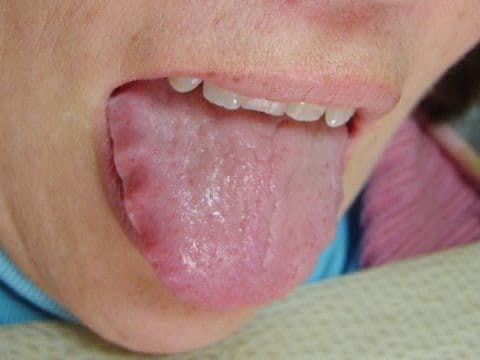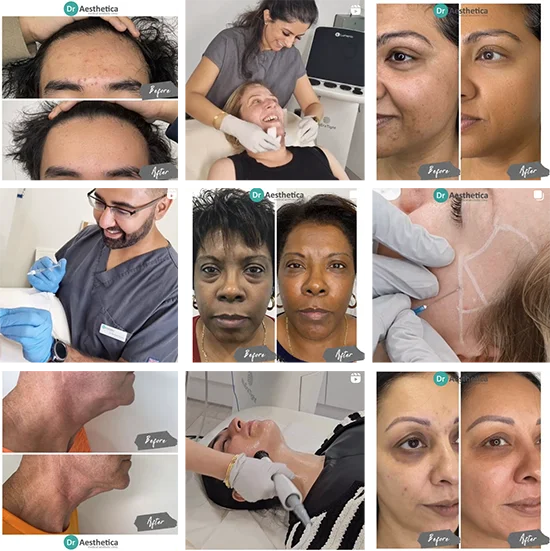Introduction to Scalloped Tongue: What is it?
Scalloped tongue (Crenated tongue), is a condition where the edges of the tongue have a wavy or rippled appearance. The name "scalloped tongue" comes from the resemblance of the tongue's edges to the scalloped edge of a seashell. This condition can affect anyone but it is more common in people who have certain underlying health conditions.

Who is At Risk?
Scalloped tongue is not a disease or a disorder, but a physical manifestation of an underlying condition. It is often associated with conditions that cause swelling or enlargement of the tongue, such as sleep apnea, hypothyroidism, down syndrome or Bruxism. It can also be a side effect of certain medications or a result of chronic clenching or grinding of the teeth.
In most cases, it is harmless and does not need treatment. But, if you have other symptoms or it indicates an underlying health condition, it may need to be evaluated and treated by a healthcare provider.
Symptoms and Diagnosis
Scalloped tongue doesn't cause symptoms but rather is a symptom of other conditions. Some conditions that may cause scalloped tongue are:
- Sleep apnea - a condition in which a person stops breathing for brief periods during sleep. Besides scalloped tongue, other symptoms may include loud snoring, fatigue, morning headaches, and lack of focus.
- Hypothyroidism - when the thyroid gland does not produce enough thyroid hormones. Other symptoms may include fatigue, weight gain, cold intolerance, dry skin, and constipation.
- Down syndrome - a genetic condition in which a person has an extra copy of chromosome 21. Other symptoms may include intellectual disability, characteristic facial features, and a higher risk of certain medical conditions.
- Bruxism - involuntary teeth grinding and clenching that causes repeated pressure of the tongue against the teeth. This results in indentations or ridges along the sides of the tongue, leading to the scalloped look. Other symptoms of Bruxism may include tooth sensitivity, jaw pain, headaches, and disrupted sleep.

As you're learning about the link between scalloped tongue and bruxism, consider this: 1 in 3 people may have bruxism. To see if your symptoms align, why not take our short Bruxism Quiz? It’s a quick step towards understanding your oral health. Click below and start now!
Differentiating Between Other Tongue Oddities
There are several other tongue oddities that look like Scalloped Tongue. Here are some of the common tongue abnormalities and their distinguishing features:
- Geographic tongue - a weird condition where the tongue looks like a red map with dark and lighter patches. Unlike scalloped tongue, geographic tongue does not cause ridges or indentations on the sides of the tongue.
- Fissured tongue - When the tongue has deep grooves or furrows that can run along the entire length of the tongue. It also does not lead to ridges or indentations on the tongue's sides.
- Lingual tonsillitis - an inflammation of the lingual tonsils, which are located at the back of the tongue. This can cause swelling and redness on the back of the tongue, but it does not cause scalloped tongue.
- Oral cancer - can cause various abnormalities in the tongue, including lesions or ulcers that do not heal. Unlike scalloped tongue, oral cancer has other symptoms. These include outbursts of pain, bleeding, or difficulty swallowing.
This article was read and reviewed by the face of DR Aesthetica himself - DR Baldeep Farmah.
How to Prevent Scalloped Tongue and Its Associated Complications
If you believe Bruxism or teeth grinding is the result of your scalloped tongue then contact us today so we can support you. You can view a list of potential treatments for Bruxism here.
However do you Want a treatment that:
- That lasts approximately 6 months?
- Only requires 24 hours of downtime
- Is so painless that it requires no anaesthetic
- Displays results by 4 weeks
Then a Botox treatment may be perfect for you! View more information on a Botox treatment here.


